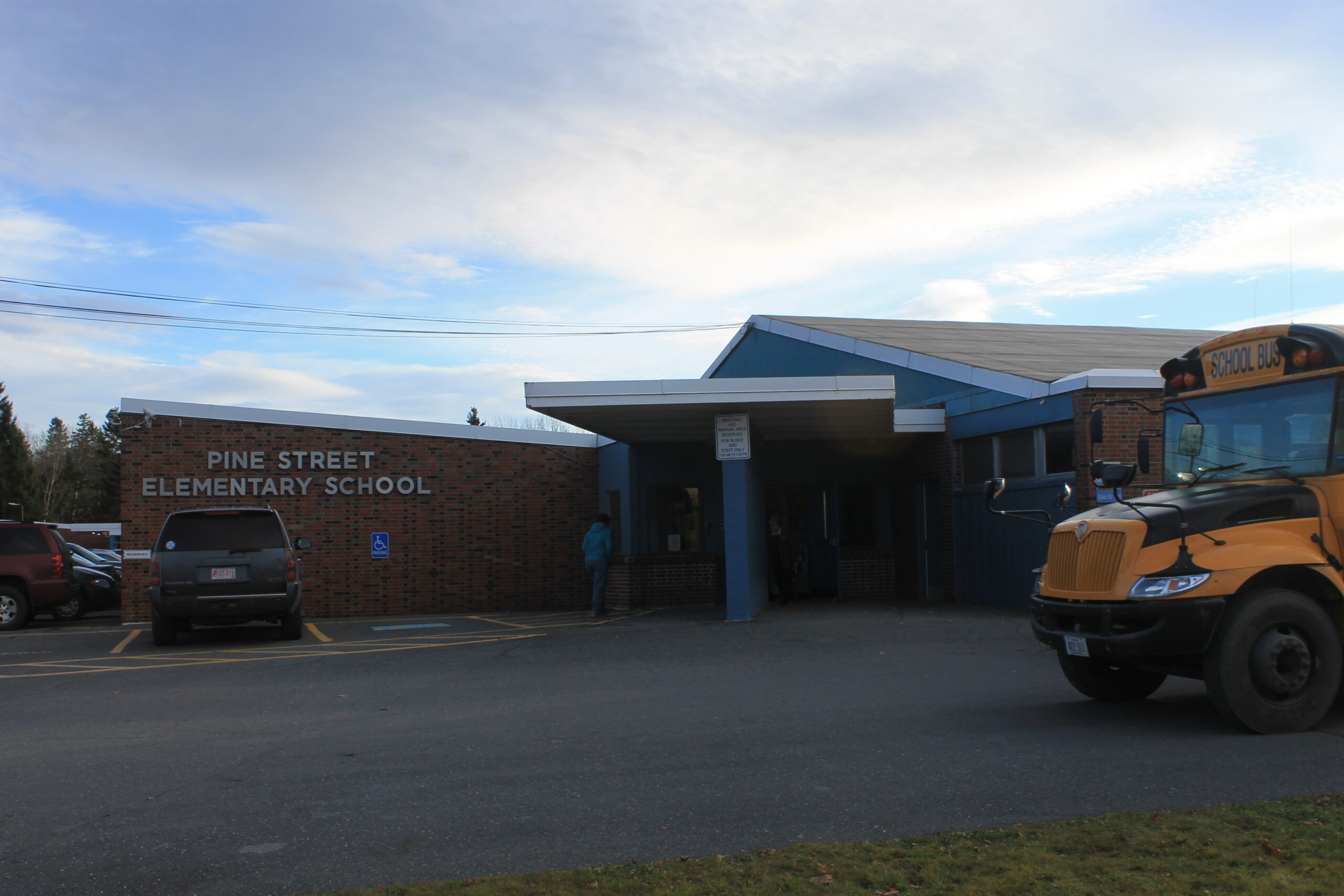PRESQUE ISLE, Maine — In an effort to rebuild a contingency fund while waiting on a crucial state decision on new school funding, SAD 1 administrators are proposing a 2.47 percent average increase in local property taxes for next year’s budget.
“We spent all our fund balance keeping taxes low,” said assistant superintendent Clint Deschene.
The district’s fund balance has $479,549 that is not allocated for the current fiscal year, which is less than the state’s required minimum of 3 percent of a district’s annual budget, or $743,988 for SAD 1, according to the draft budget proposal.
Deschene said that the draft budget is seeking to raise an additional $212,000 in local property taxes largely to replenish the fund balance and put the district on a financial footing to invest in right-sizing and cost-saving measures in the years to come.
The proposed increase would come with a 0.80 percent increase for taxpayers in Presque Isle and larger hikes for those in the other four SAD 1 member towns: more than 4 percent in Castle Hill and Chapman, 6.6 percent in Westfield and 8 percent in Mapleton.
Presque Isle’s share of the increase is relatively small because the municipality saw an overall decline in property value by the state, Deschene said. That meant the rest of the towns had to absorb an increase with somewhat larger proportions.
“When Presque Isle loses value, that hurts the smaller communities more. Mapleton is the most impacted because they’re actually growing in value every year,” Deschene said. On average over the last four years, the district’s local taxes have increased about 1 percent each year, Deschene noted.
Overall, the draft budget would total $25.1 million, $800,000 more than last year, with $8.8 million appropriated from local property taxes and $13.4 million from the state in essential programs and services funding.
The 2019 budget does not implement all-day kindergarten, which the district hopes to add in the future, Deschene said. “Full-day K is still a goal, but we can’t afford it and it’s not in this budget.”
The draft budget is scheduled to be presented to the board of directors on Wednesday, March 14, although the meeting may be rescheduled due to the storm.
A public forum on the budget is scheduled for 6 p.m. Thursday, March 15, at the middle school auditorium.
After feedback from the board and community, Deschene said the budget proposal will undergo another iteration that will have to be approved at a district budget meeting and later by referendum.
Meanwhile, Deschene and officials at other districts around Maine are waiting until May for the Maine Department of Education to release its decisions on which districts will qualify for new school construction funds.
SAD1 has applied for the next round of school construction funding with the aim of building a new school, closing Pine Street Elementary and consolidating and renovating others in an effort to optimize space and building costs.
“We have too much space in the wrong places,” Dechene said. Among the district’s five current schools, there is some 50,000 square feet of unused space stemming from a long-term decline in student enrollment.
If SAD 1 receives state funding for a new school as part of its right-sizing plan, local taxes could eventually be lowered over a period of several years, Deschene said. Pine Street Elementary, for instance, would need some $4 million in maintenance costs over the next five years if it remains open, Deschene said.
“The longer we wait, the less we’re going to have to save.”








